"The Nian Monster" is Andrea Wang’s retelling of the traditional Chinese Lunar New Year legend. The Nian Monster story, which inspired Andrea's tale, is a retelling of an ancient Chinese myth published in a newspaper in 1933.
This same story is still told every Lunar New Year today. It tells the tale of a monster named Nian that frequently attacked nearby villages just before the Lunar New Year. The villagers devised various strategies to protect themselves, such as using the auspicious color red and making loud noises to scare the monster away.
The Nian creature in this legend is characterized by its fear of noise and fire. These traits are inspired by an even more ancient Chinese myth dating back to the 4th century BC, documented in the Classic of Mountains and Seas, also known as Shanhai Jing (山海经).
In the original version of the myth, the monster was called Shanxiao (山魈), which refers to ape-like one-legged creatures that reside in the mountains. Anyone unfortunate enough to encounter Shanxiao would be cursed with a bad cold. However, this creature feared loud noise, so people would burn bamboo to create loud cracking sounds to keep Shanxiao at bay.
There is plenty of room for imagination and creativity when creating a fictional story. However, it's important to make the story feel realistic and relatable for readers, even if it's a fantasy tale. One way to achieve this is by incorporating real-world elements into the story. For example, Andrea chose to set her story in present-day Shanghai. While earlier versions of the tale provided little detail about the creature's character or whereabouts, contemporary readers tend to connect more with empathetic elements that make the story more relatable.
Andrea and the art team provided ideas and suggestions for the illustrations. Below is an example for the first page.
Page 1 - Illustration note from the Art Director
“Aerial view of Shanghai showing a bustling city with lots of colorful decorations, buildings, signs, etc.
Shanghai should look modern. One of the wonderful things about Shanghai is that it has such a mixture of architectural styles, from the traditional Chinese, to European (from the time it was an international treaty port), to the futuristic ultra-modern skyscrapers. I think it’s okay to take some artistic liberties, but the landmarks mentioned in the book should be accurately portrayed. Maybe the taller Shanghai World Financial Centre and new Shanghai Tower don’t have to be shown looming over the Jin Mao Tower, but the Jin Mao Tower should be recognizable.
We should see blend of old and new that is so characteristic of Shanghai—the narrow, twisting, alleyways with laundry hanging from open air clotheslines, but also the superhighways clogged with cars. Rickshaws/pedicabs, bicycles, scooters, cars and trucks all sharing the road. Another thing about Shanghai is that there are a LOT of people—over 24 million residents in 2015. So there are always people and tourists walking, shopping, and otherwise out and about. Some people wear fashionable designer clothes and accessories, while others wear typical Western-style business and casual clothes. It’s like NYC. What’s different are the patterns/logos on the clothes and maybe the colors and the way they put different outfits together. The fashion trends follow Tokyo more than the U.S.”
Page 21 - Illustration note from the Art Director
“Nian scattering the people as he crosses the zig-zag bridge to the teahouse in the center of the pond. People drinking tea and eating pastries in the teahouse are surprised. Tea cups and pastries are flying everywhere.”
As an illustrator, I draw on my childhood experiences of celebrating the Lunar New Year to create my artwork. From the vibrant decorations and color to the delicious food and lively festivities, I try to capture the little details in my illustrations. My goal is to transport readers into the joyous atmosphere of the holiday season and help them experience the same excitement and happiness I did as a child.
As a little secret, I love sneaking Piglet into my books and adding references to the pop culture trends I'm into at the moment. I love hiding these little surprises in my illustrations without telling anyone, not even my editor, art director, or partner author. Sometimes, I get caught when the team reviews the final art, and sometimes I don't. But it always makes me giggle when someone tells me they found something "funny" in the illustrations. If you find any hidden "Easter Eggs," leave a comment below!
I found this old making-of video I created for "The Nian Monster" book launch. I hope you'll enjoy it!
Andrea creates these amazing activity kits that perfectly complement The Nian Monster book. She also has a fantastic collection of award-winning children's books that you can't miss. You can find her books at - andreaywang.com
This is the last part of the Lunar New Year Edition "Book illustration for the same theme in different genres." If you missed Part 1 and 2, here are the links:
Book illustration for the same theme in different genres - Part 1 Non-Fiction
Book illustration for the same theme in different genres - Part 2 Non-Fiction

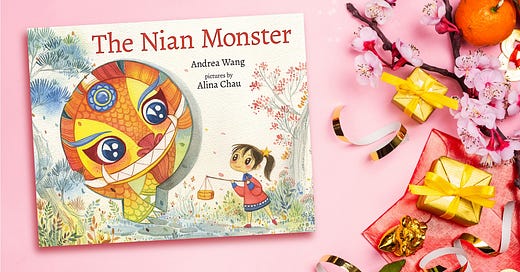



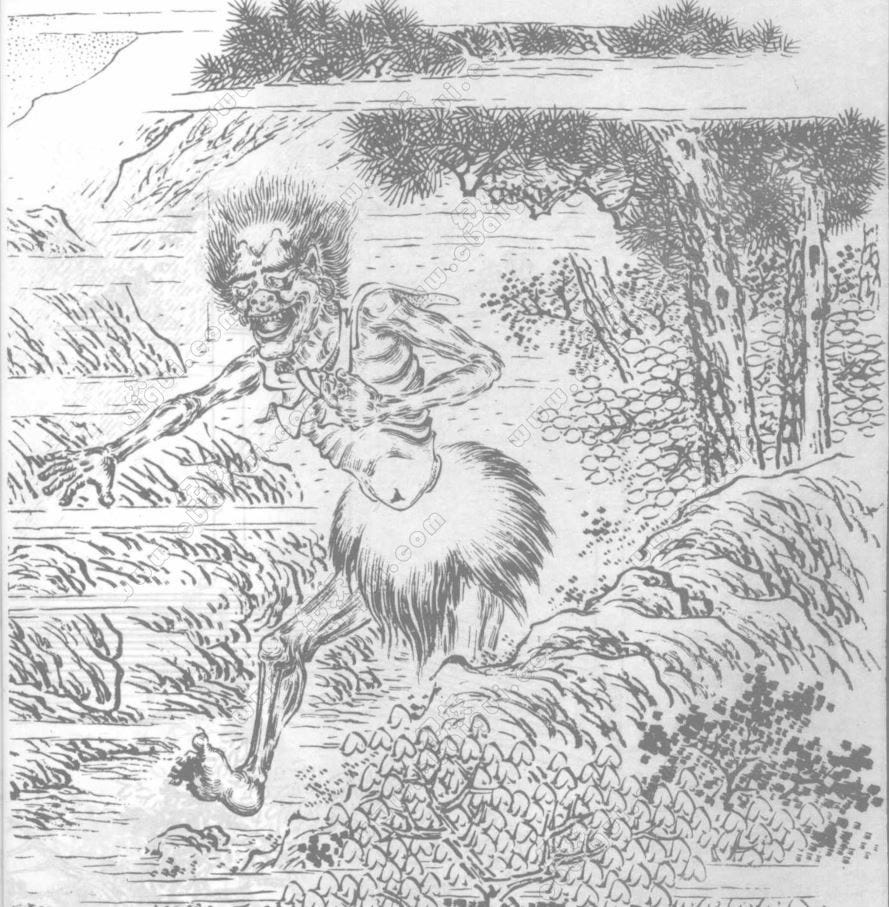

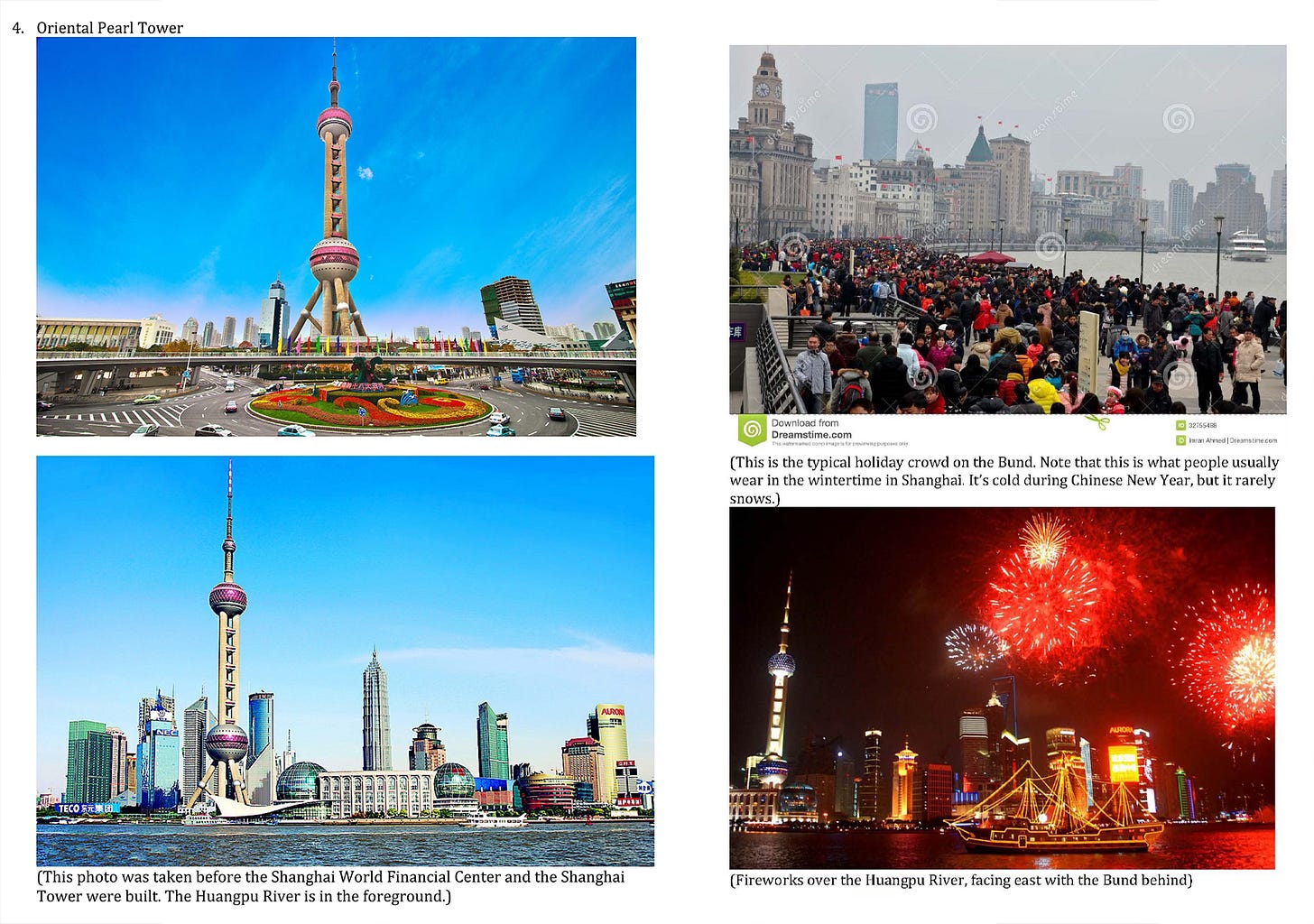
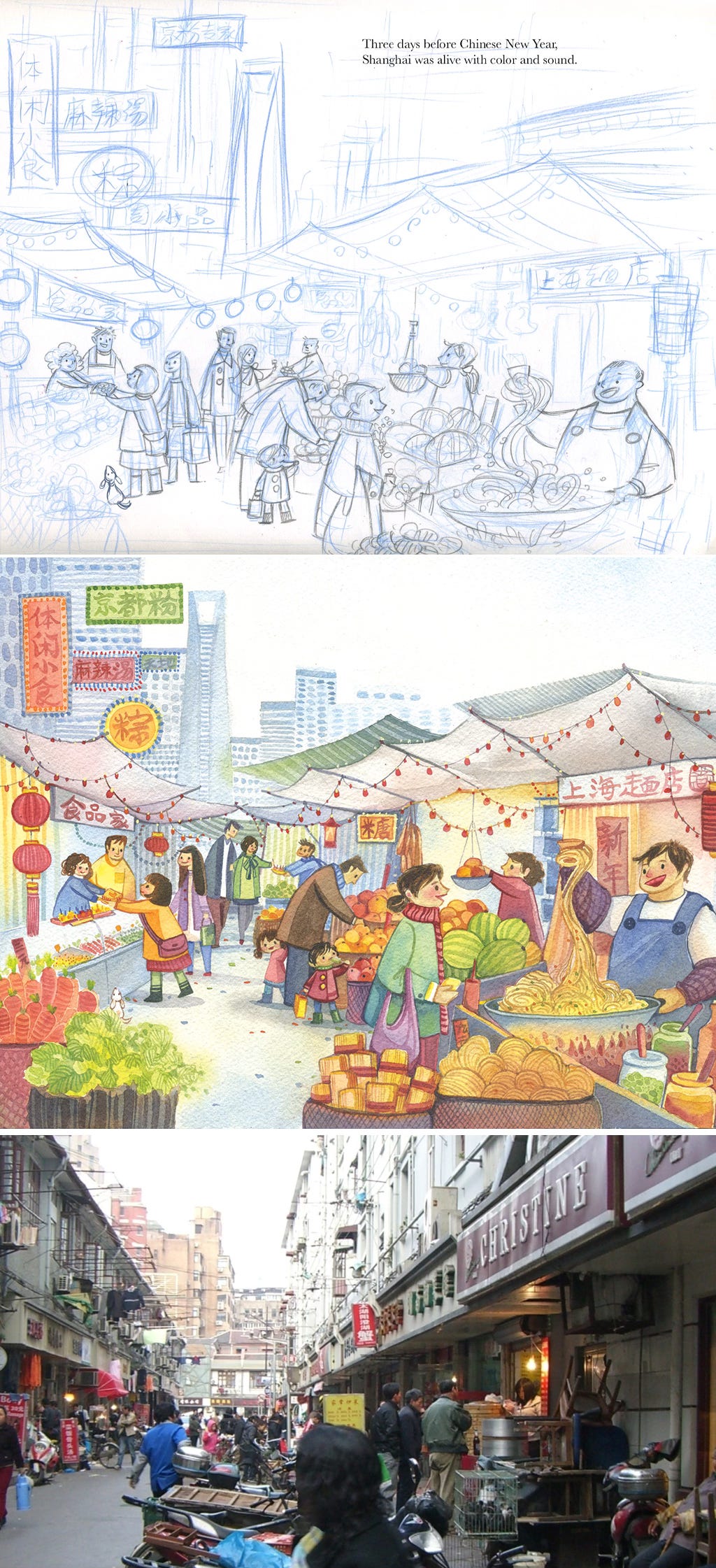
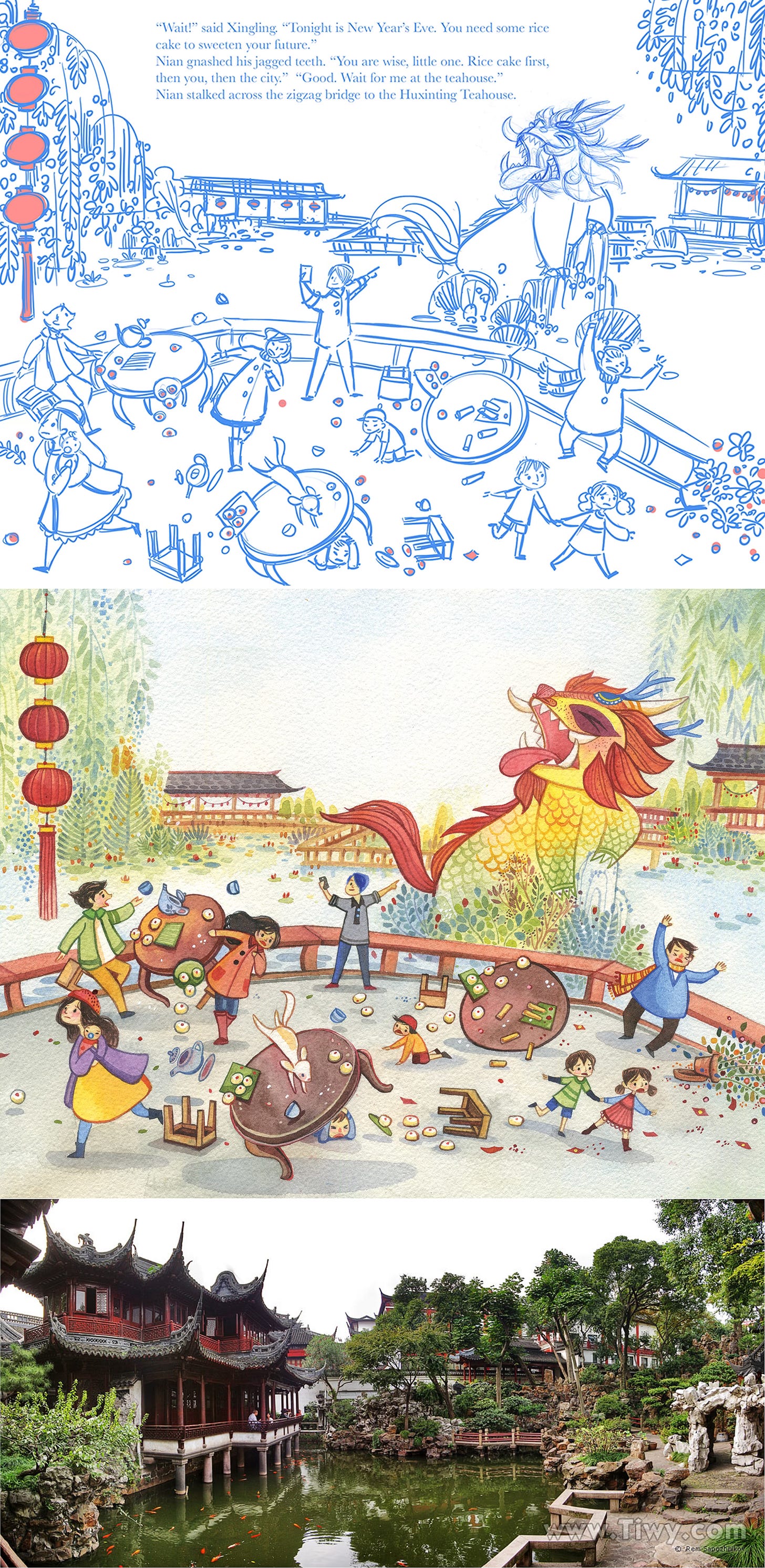



What a great process post! Thanks for sharing, Alina!